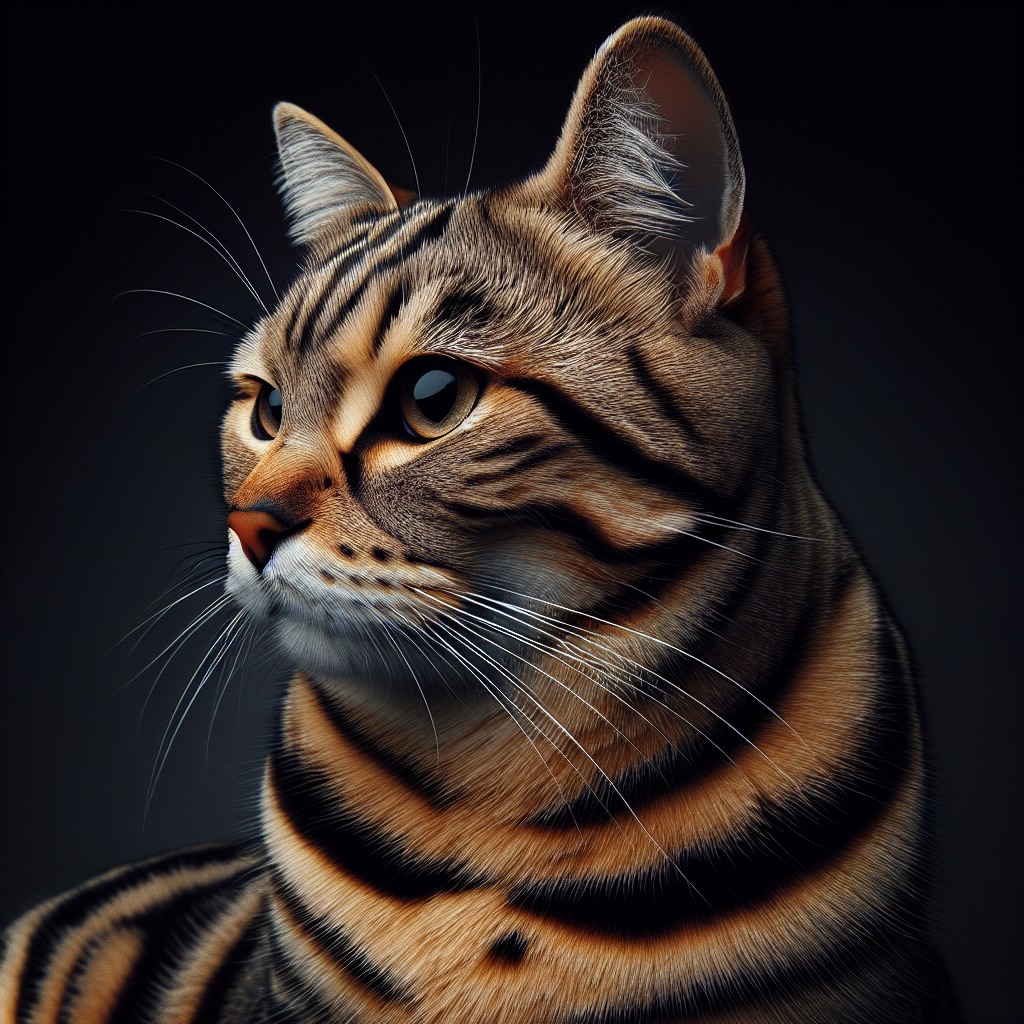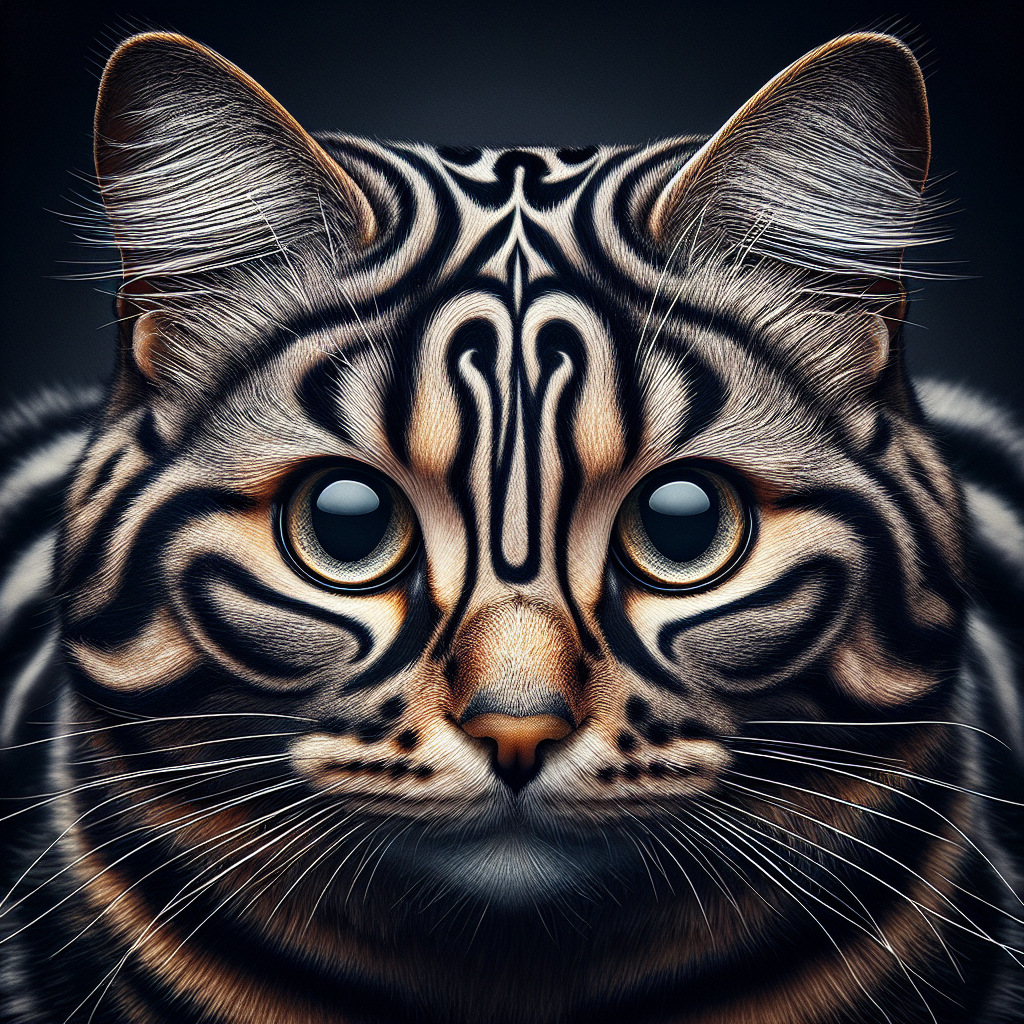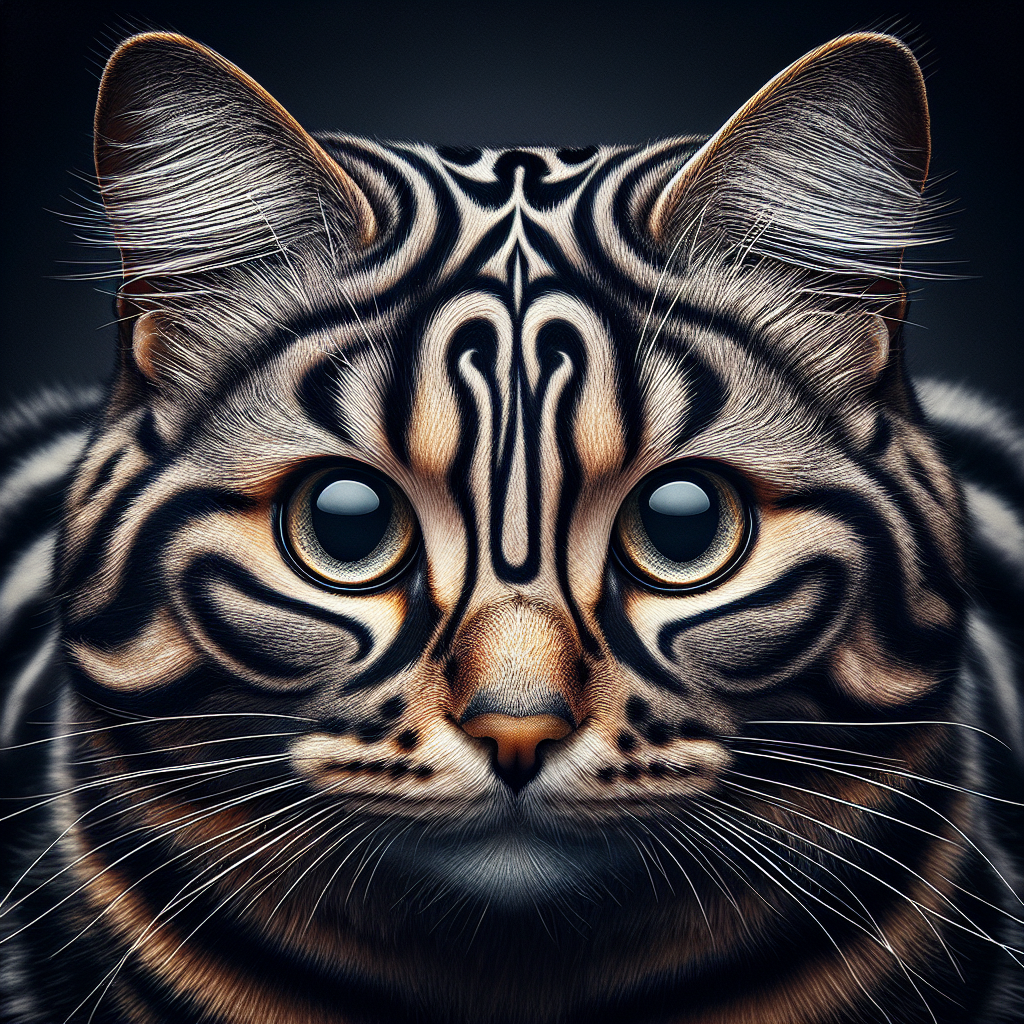Tabby cats are known for their distinctive coat patterns, characterized by bold stripes, swirls, or spots. However, have you ever wondered if there is a gender bias when it comes to tabby cats? Contrary to popular belief, tabby cats are not exclusively male. While it may seem like there are more male tabbies around, the reality is that both male and female cats can have tabby markings. So, next time you come across a tabby cat, remember that their captivating patterns can be found on both genders, making them equally lovable and unique.
Introduction
Tabby cats are a popular and beloved choice among cat owners around the world. With their unique coat patterns and charming personalities, these feline friends bring joy and companionship to countless households. However, there are still many misconceptions and questions surrounding tabby cats, particularly when it comes to their gender. Are tabby cats usually male? In this article, we will explore the truth behind this common belief and delve into the fascinating world of tabby cats.
The Tabby Coat Pattern
Definition of Tabby
Tabby is not a specific breed of cat, but rather a coat pattern. It is characterized by distinct markings on the cat’s fur, including stripes, swirls, or spots. These patterns can vary in intensity and color, giving each tabby cat a unique and individual look. While the tabby pattern is most commonly associated with domestic cats, it can also be found in some wild feline species.
Characteristics of Tabby Cats
Aside from their stunning coats, tabby cats have a number of distinguishing characteristics that make them special. They are known to be intelligent, playful, and affectionate companions. Tabby cats also tend to have a strong prey drive, making them excellent hunters. Due to their sociable nature, they generally get along well with other pets and are great with children. It is these wonderful attributes that contribute to the enduring popularity of tabby cats as pets.

Gender Distribution in Cats
The Ratio of Male to Female Cats
When it comes to the general population of cats, there is a slight skew towards more male cats than females. It is estimated that approximately 52% of cats are male, while the remaining 48% are female. This difference can partly be attributed to biological factors, as male cats are generally more likely to roam and mate with multiple females.
Factors Influencing Gender in Cats
The gender distribution in cats is largely determined by genetics. Just like humans, cats have a pair of sex chromosomes. Female cats have two X chromosomes (XX), while male cats have one X and one Y chromosome (XY). The SRY gene, located on the Y chromosome, is responsible for the development of male traits. If a cat inherits the SRY gene, it will develop as male. However, if it does not receive the SRY gene, it will develop as female. This genetic lottery is what ultimately determines the gender of a cat.
Common Misconceptions about Tabby Cats
Tabby Cats Being Mostly Male
One of the most persistent misconceptions about tabby cats is that they are mostly male. This belief stems from the fact that male tabby cats are more likely to exhibit certain coat patterns, such as classic tabby or mackerel tabby, which are characterized by bold, distinct stripes. Due to the prominence of these patterns in male tabbies, people often assume that tabby cats are predominantly male. However, this assumption is not accurate.
Reasons for the Misconception
The misconception that tabby cats are mostly male can be attributed to several factors. As mentioned earlier, male cats have a slightly higher overall population, which may contribute to the perception that male tabby cats are more common. Additionally, the striking coat patterns of male tabbies make them more noticeable and memorable, further reinforcing the idea that tabby cats are predominantly male. However, the truth is that tabby patterns can be found in both male and female cats in equal measure.

Tabby Cats: Male or Female?
Ratio of Tabby Cats by Gender
Contrary to popular belief, tabby cats are not exclusively male. In fact, tabby patterns can be observed in both male and female cats. While there may be slight variations in the prevalence of certain tabby patterns between genders, tabby cats can be found in relatively equal numbers of males and females.
Gender Prevalence in Tabby Cats
The misconception that tabby cats are mostly male can be dispelled by looking at the larger picture. Despite the unique coat patterns often associated with male tabby cats, there is a fairly equal distribution of tabby patterns among both genders. Female tabby cats can display a variety of coat patterns, including classic tabby, mackerel tabby, and spotted tabby. It is important to remember that the presence of a tabby pattern is not indicative of the cat’s gender.
The Genetics of Tabby Cats
The Role of the X and Y Chromosomes
To understand the genetics behind tabby coat patterns, it is essential to examine the role of the X and Y chromosomes. The X chromosome carries the genes responsible for coat color and pattern, while the Y chromosome determines the cat’s gender. The tabby coat pattern is regulated by multiple genes, and their expression is influenced by the interaction between the X and Y chromosomes.
Genes Responsible for Tabby Coats
The genetics of tabby cats is complex and fascinating. The tabby pattern is primarily determined by the presence of the agouti gene, which controls the distribution of pigment in the cat’s fur. When the agouti gene is present, it causes the individual hairs on the cat’s coat to have bands of different colors, resulting in the characteristic stripes, swirls, or spots of the tabby pattern. Other genes, such as the MC1R gene, also play a role in determining the intensity and variation of the tabby pattern.
Other Coat Colors and Patterns in Cats
Calico and Tortoiseshell Cats
While tabby is a prominent and well-known coat pattern, it is not the only one. Calico and tortoiseshell cats, for example, exhibit unique coat patterns that are highly sought after by cat enthusiasts. Calico cats have distinct patches of solid colors, often white, orange, and black, while tortoiseshell cats have a mottled blend of colors, usually black and orange. These coat patterns are more common in female cats due to the specific genetic combination required for their expression.
Solid Colored Cats
Solid colored cats, as the name suggests, have a uniform coat color without any distinct patterns. These cats can come in a variety of colors, such as black, white, gray, or ginger. Solid colored cats can be found in both male and female cats, and their coat color is determined by genes that control the production and distribution of pigment.
Pointed Cats
Pointed cats, such as Siamese or Himalayan cats, have a distinct coat pattern characterized by darker coloring on the face, ears, paws, and tail, while the body remains lighter in color. This color pattern is the result of a specific gene mutation that affects the production of pigment. Pointed cats can be found in both male and female cats, and their coat color is determined by the interaction of multiple genes.
Influence of Breeding on Tabby Cats
Selective Breeding and Coat Patterns
Selective breeding has played a significant role in shaping the coat patterns of various cat breeds, including tabby cats. Breeders have focused on preserving and enhancing the unique characteristics of tabby coat patterns, resulting in a wide range of tabby patterns seen in different breeds. Through careful selection and breeding of cats with desirable tabby traits, breeders have been able to create stunning variations, from classic tabbies to marbled tabbies.
Different Breeds and Tabby Coats
Most cat breeds have the potential to produce tabby kittens, as the tabby coat pattern is not limited to a specific breed. From the popular Maine Coon to the regal Abyssinian, tabby patterns can be found in various breeds and even mixed-breed cats. Each breed may have its own unique tabby pattern, adding to the diversity and beauty of tabby cats across different lineages.
Tabby Cats as a Popular Choice
Societal Perception and Popularity
Tabby cats enjoy immense popularity worldwide, often seen as quintessential domestic cats. Their distinctive coat patterns and friendly personalities make them a favorite choice among cat lovers. Additionally, the wide range of tabby patterns allows individuals to find a cat that matches their preferences. Whether you prefer a classic tabby with bold stripes or a more delicate ticked tabby, there is a tabby cat to suit every taste.
Adoption and Owning Tabby Cats
Due to their popularity, tabby cats are frequently available for adoption in shelters and rescue organizations. If you are considering adding a cat to your family, adopting a tabby cat can be a rewarding experience. These cats bring joy, companionship, and endless entertainment into your life. Remember to provide them with proper care, including regular veterinary check-ups, a balanced diet, and plenty of love and attention.
Conclusion
In conclusion, tabby cats are not predominantly male, debunking a long-standing misconception. Tabby coat patterns can be observed in both male and female cats, with various tabby patterns and color combinations adding to their individuality. Understanding the genetic factors that contribute to coat patterns helps dispel any misconceptions and appreciate the beauty and diversity of tabby cats. Whether you’re looking to adopt a tabby cat or simply admire their charming patterns, these feline friends bring warmth and joy to the lives of countless individuals around the world.

